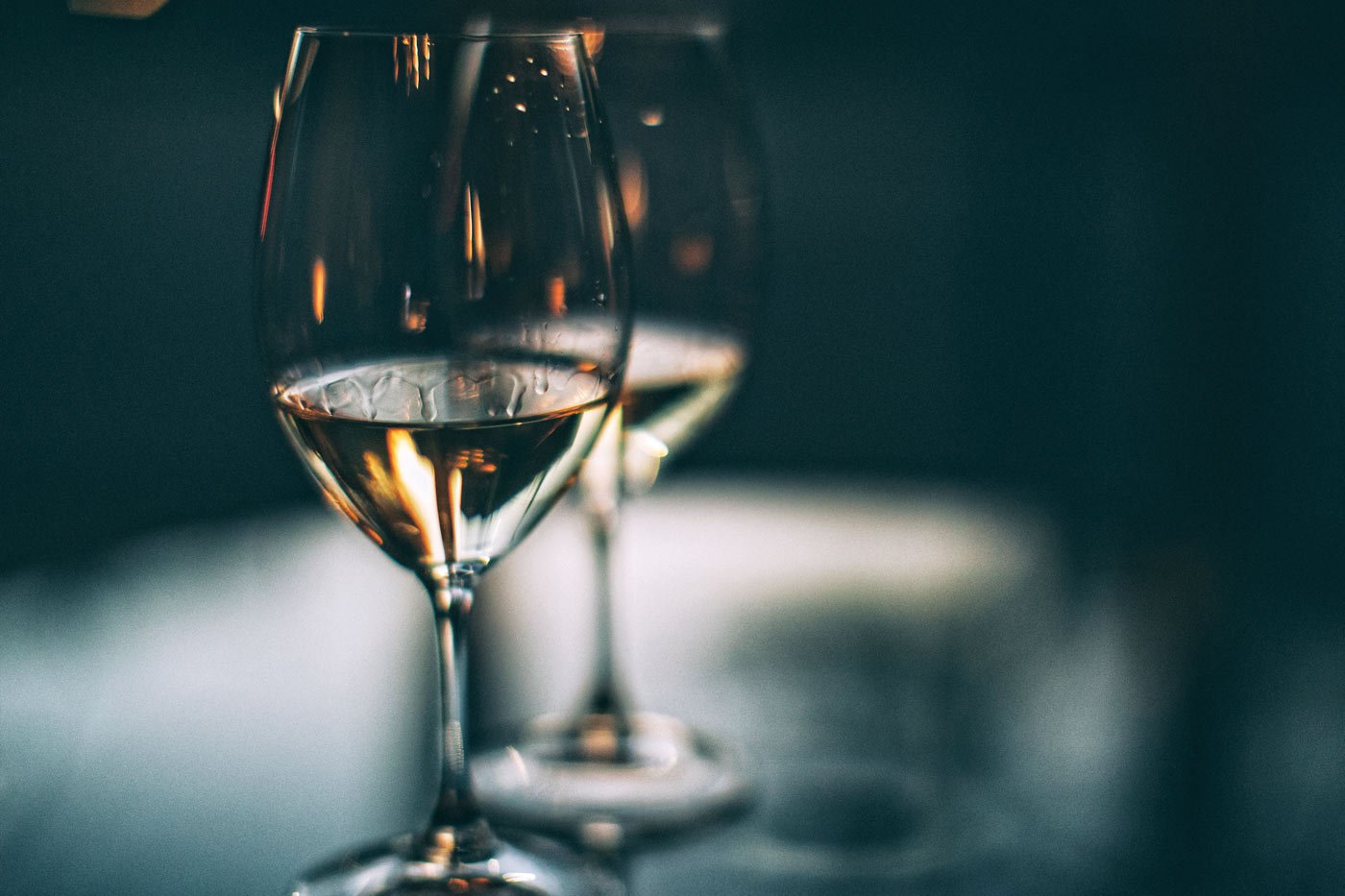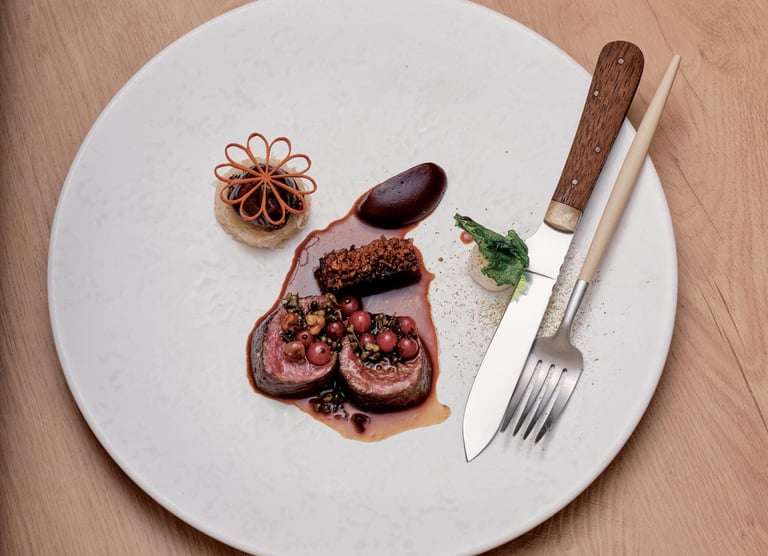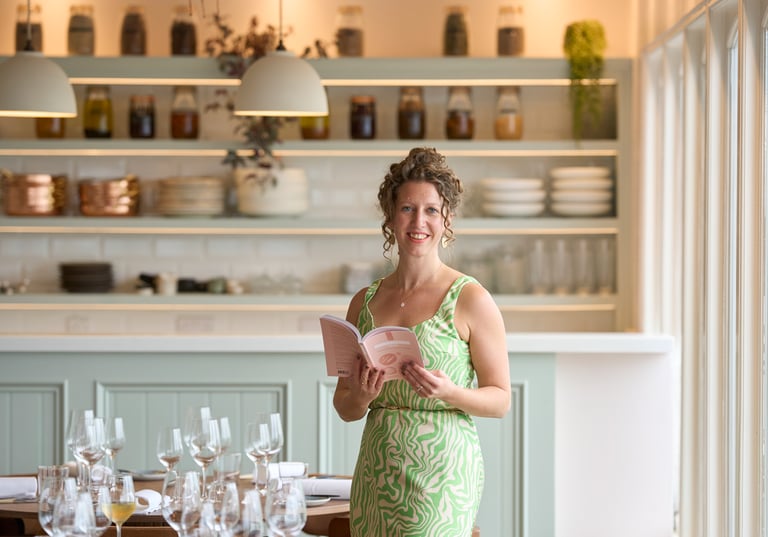Not sure how many types of wine glass you really need or whether it’s best to go coupe or flute for fizz? We asked Richard Halliday of Dartington Crystal to provide a little clarity
IT’S WORTH BUYING THE BEST YOU CAN AFFORD
You don’t need to spend a fortune on glassware as you can get a decent wine experience using good – but not necessarily exceptional – glasses. However, a higherquality and finer glass made from superior materials will certainly improve the wine experience.
SIZE MATTERS
Bigger glasses have the space to let you swirl the wine to assess its colour and provide aeration. They also let you get your nose closer to the wine. Although we tend to use larger glasses for red wine, white wine also benefits from a larger glass. It’s traditionally served from smaller glasses because of worries about the wine warming, but unlike in previous times, most white wine is now chilled in the fridge, so it’s not such a problem. Just pour less to start with and top up more.
YOU DON’T NEED A GLASS FOR EVERY WINE TYPE
People worry about how many glasses they need and what shape these ought to be, but you can get away with just two: a flute for fizz and a good all-purpose wine glass for red and white.
RECONSIDER STEMLESS GLASSES
Stems break easily and are a pain to fit in the dishwasher, so stemless glasses have some real advantages – even for white wines.
COUPE GLASSES ARE SEXY, BUT …
There’s no denying that coupe glasses look fabulous but, while they’re perfect for some cocktails and even sorbet, they don’t do fizz any favours. The large surface area makes champagne go flat quickly, and also delivers the wine in a wide stream to the back of the tongue – while the fizz goes up your nose. Coupe glasses were big in the UK in the 1950s and 60s when we drank a sweeter style of champagne. When we switched to the drier sparkling wines popular on the continent, we moved to flutes which deliver the wine in a more appropriate way.
DON’T DRINK BEER FROM THE BOTTLE
Beer glasses are the most undervalued and underused of the lot. I hate to see people drinking premium beer out of the bottle or a cheap glass. Choose a glass that’s sympathetic to the style of beer or a short-stemmed tasting glass. Good bars serve beer in glasses that have been designed by the brand to suit their beer, so it makes sense to do the same at home.
TUMBLERS ARE HEAVY FOR A REASON
Not only does the heavy base add a sense of luxury, it’s also so that the bartender can muddle an Old Fashioned on the base without damaging the glass. Thick rocks glasses are popular, but the general rule is that the less material there is between you and the drink, the better the experience.
DON’T WASH GLASSES BY HAND
Use the dishwasher where possible as it will get them the cleanest. Make sure the glasses don’t touch each other (or cutlery) in the machine or they will scratch. And choose a high quality detergent as the cheap ones are so caustic they make glasses go grey quickly.
KNOW WHAT TO AVOID
Thick rims and thick walls are generally signs of cheaper and less refined glass. Glasses that are a bit green or not very bright and shiny are also usually made from cheaper material.












